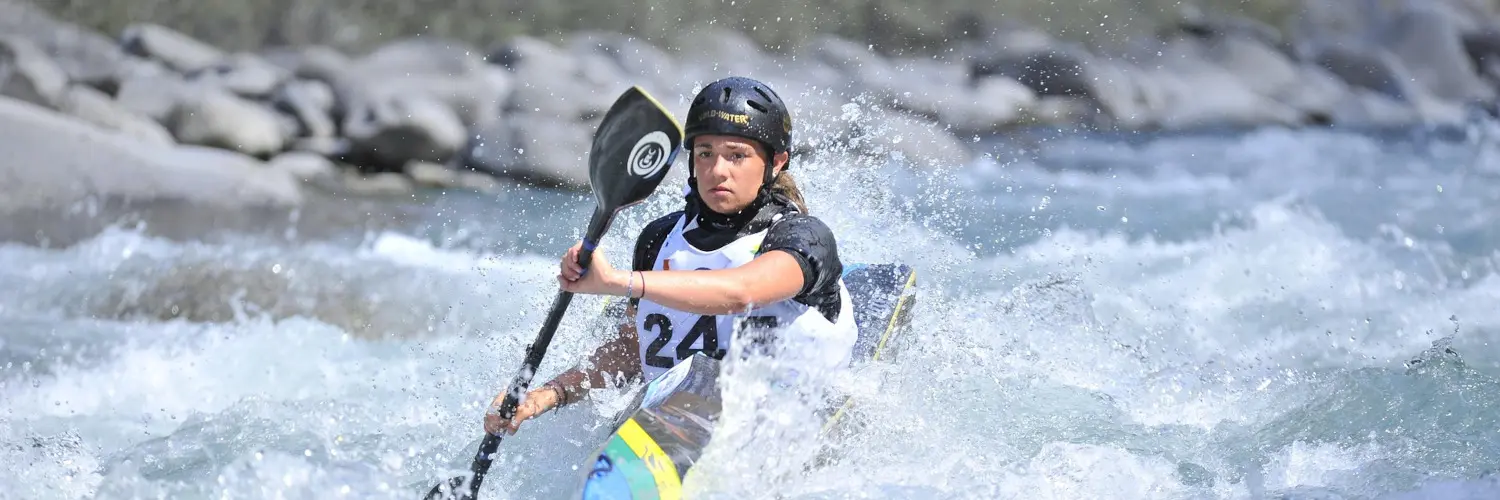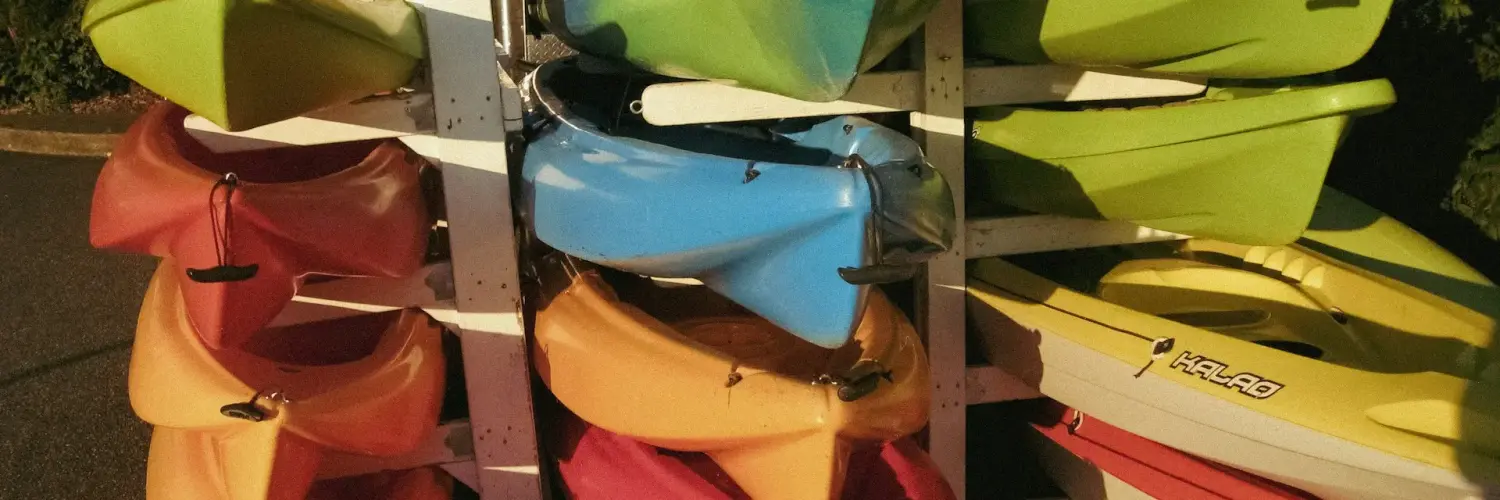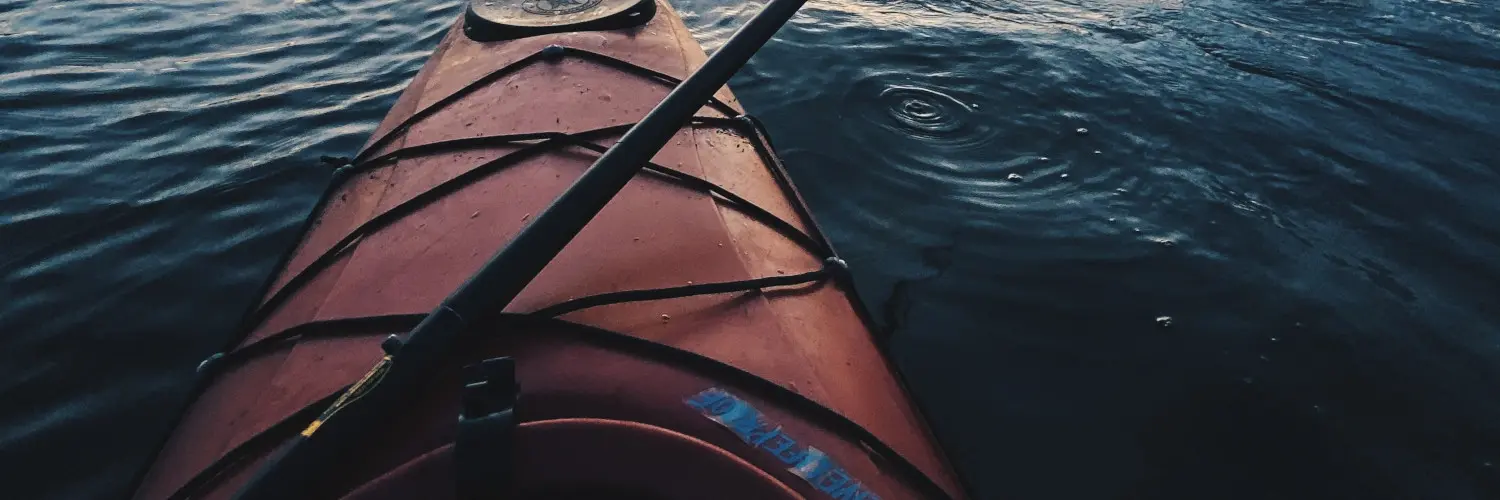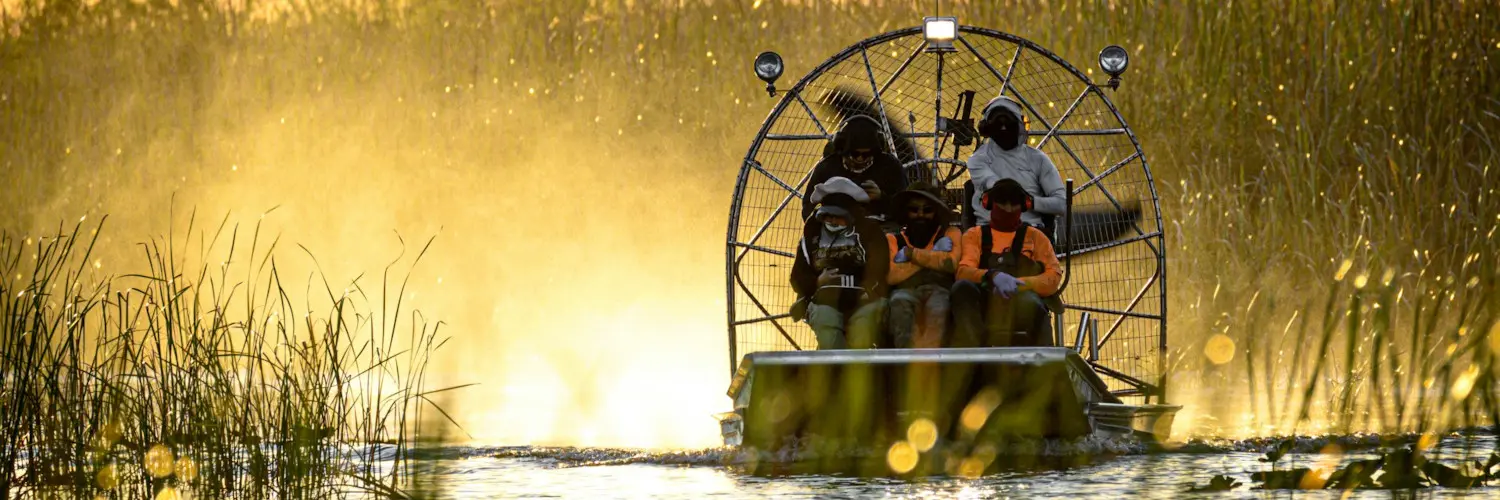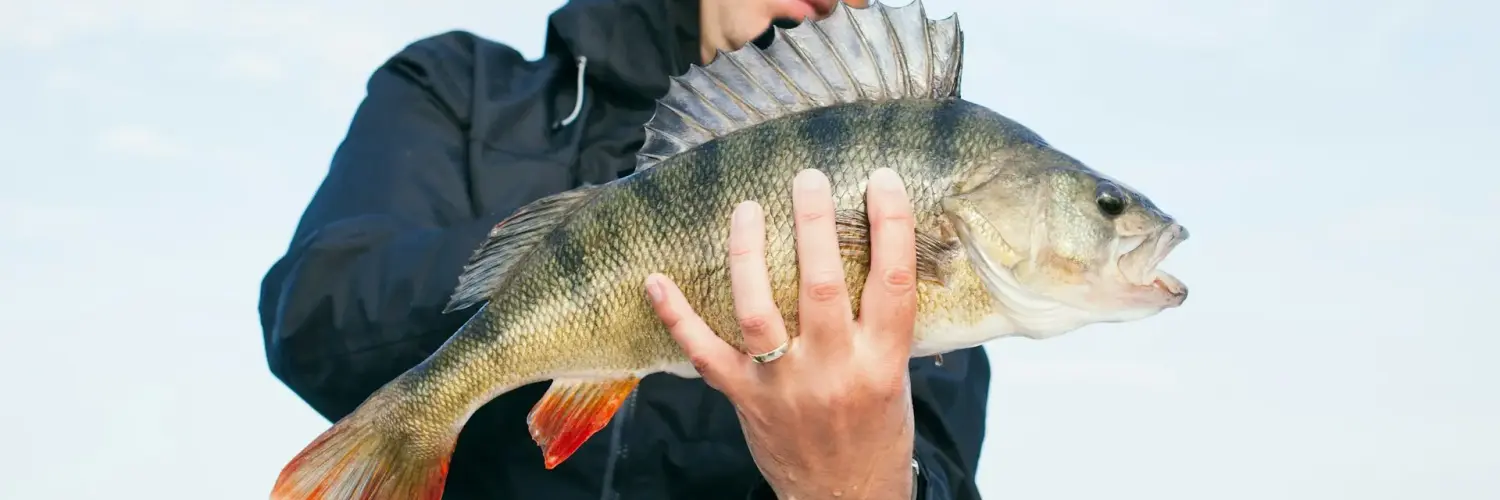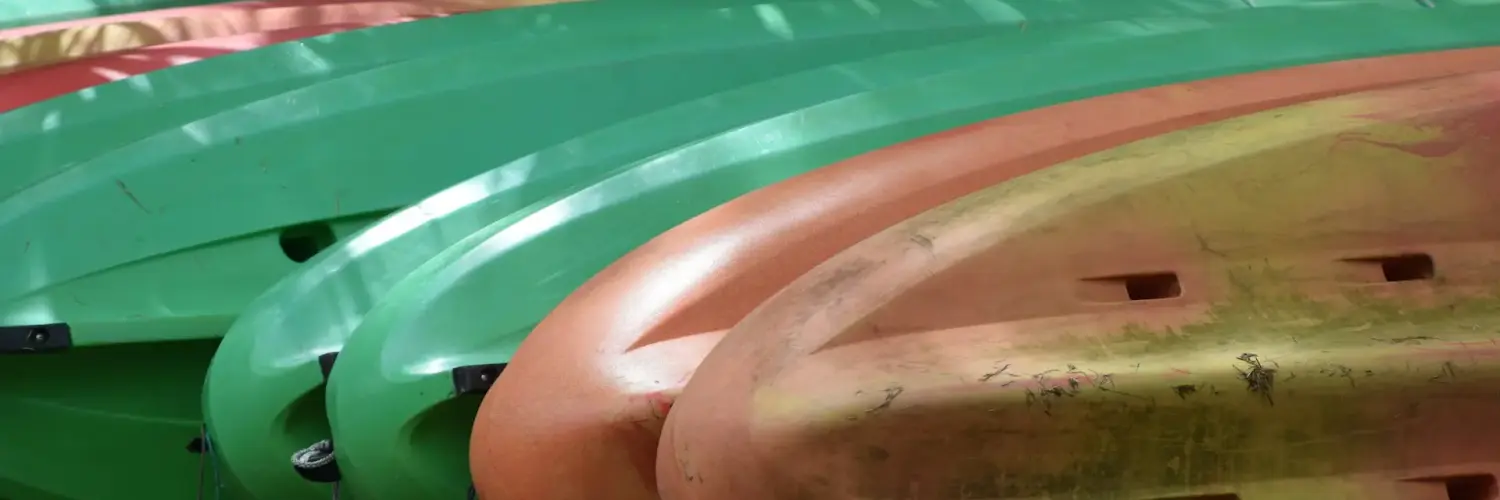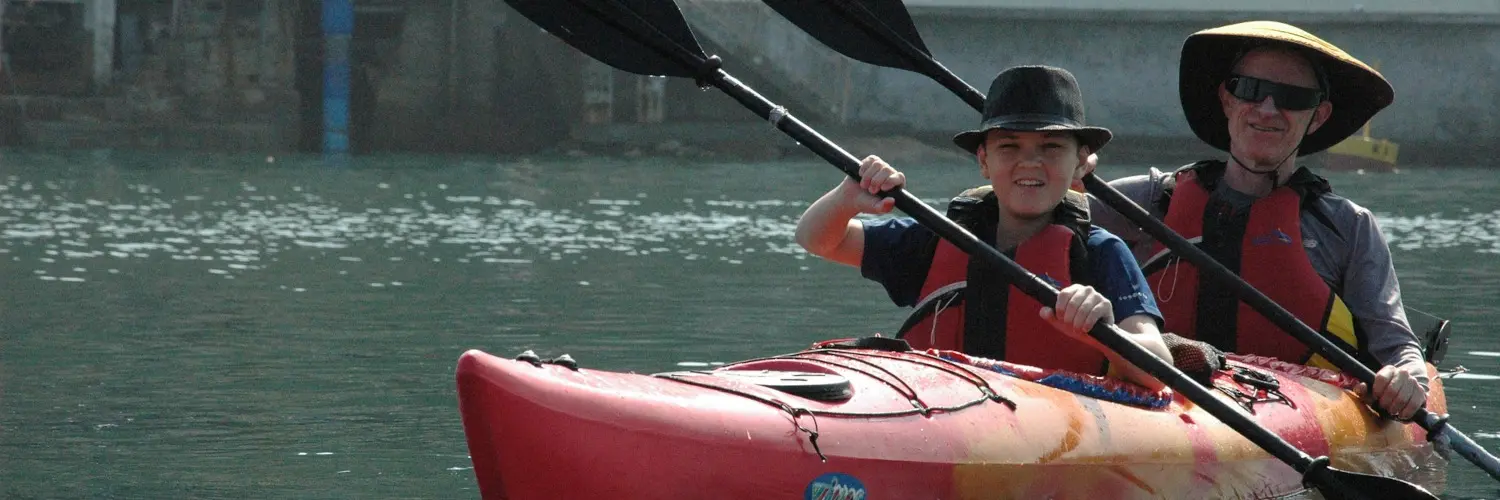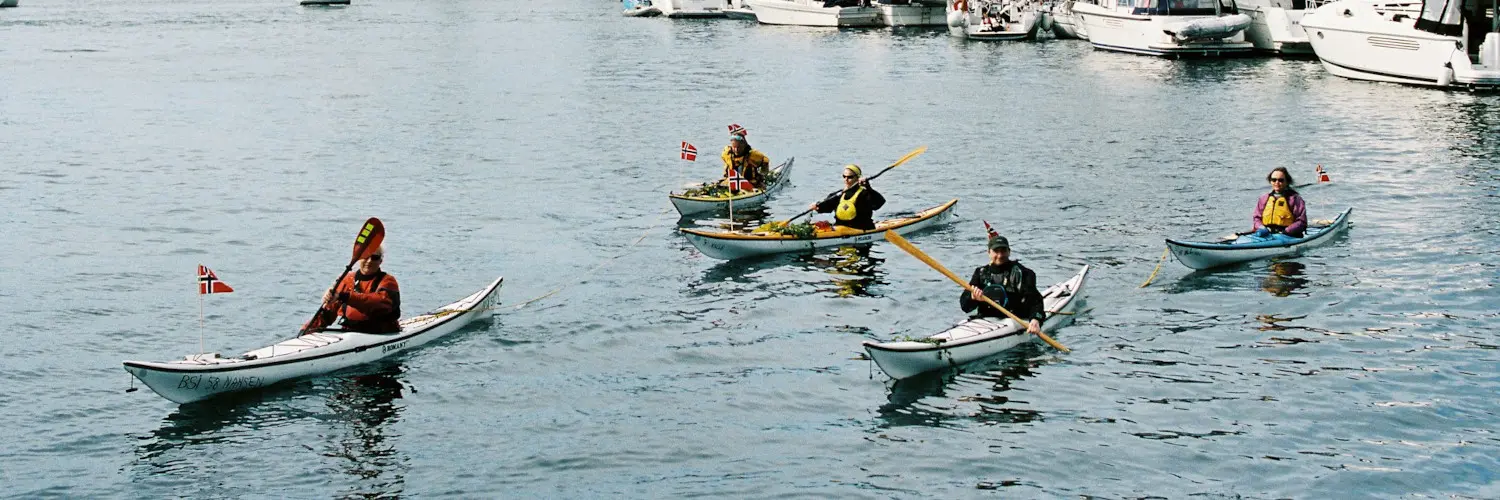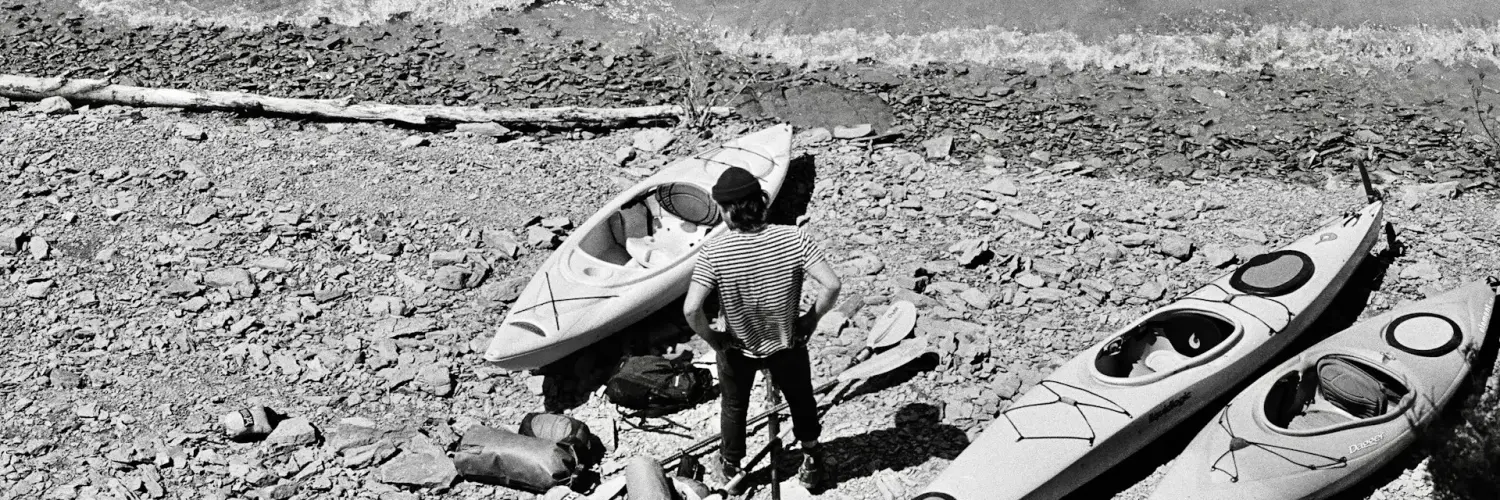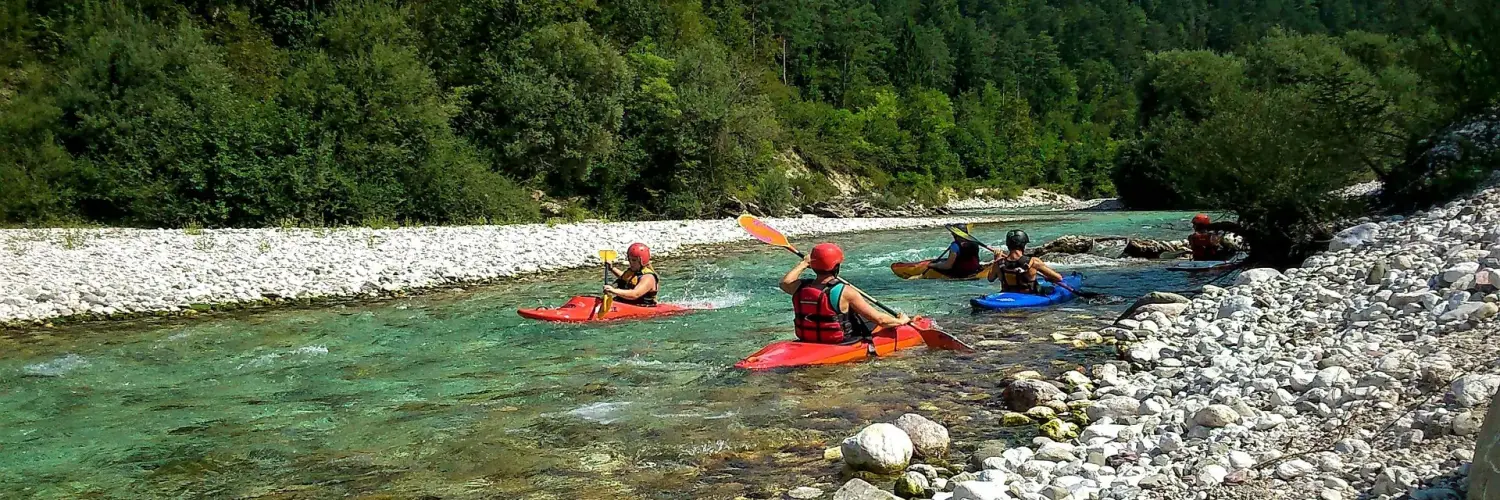Whitewater Kayak for Kids
Whitewater kayaking can be an exciting adventure for kids, but it’s important to have the right kayak that fits their size and skill level. A good whitewater kayak for kids should be smaller, lightweight, and designed for stability and safety on moving water. With a proper kayak, young paddlers can enjoy the thrill of rapids while staying […]
Whitewater Kayak for Kids Read Post »

